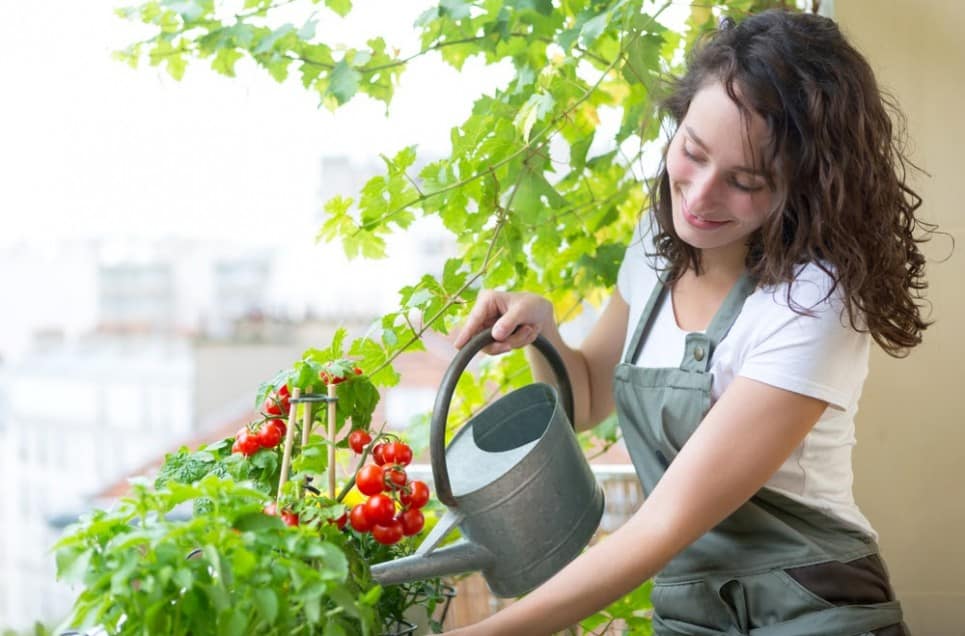This year has been the year of new hobbies for everyone, from knitting and painting to baking all sorts of banana bread. You may have felt cooped up with these hobbies, so it’s time to get outside and start a new one that you can enjoy for many years and keep your pantry full of goodies. Take up a new hobby of growing your very own herbs, vegetables, and fruits at your own home in a kitchen garden.
What is a kitchen garden? It’s a garden or area at your home where vegetables, herbs, and fruit are grown and used when cooking or baking in your kitchen. Most kitchen gardens tend to be small in size but filled with lots of vegetation every inch of the way. So if you want to learn a new skill that will keep you busy creating new areas in your backyard and also save you a few trips to the grocery store to get some veggies, then here we are taking you on a ride with some of our favorite tips and trick to have the perfect kitchen garden.

You Don’t Need An Actual Garden
The beautiful thing about a kitchen garden is that you don’t have to have a garden to do this activity, despite the name. If you are lucky enough to have outdoor space, you can plant your seeds in a dedicated vegetable garden area or other flower beds. However, if you don’t have one, there are other spaces in your home where you can have a kitchen garden that you can care about with the plants you think you can use in your kitchen. As long as there’s at least direct sunlight from a window, you can make it work.

If you don’t have space, you can get recycled containers or small pots to keep on your balcony or even on your kitchen windowsills. Try to select plants that don’t grow big enough for your space and that you can easily take care of. Having herbs like rosemary, parsley, thyme, or Oregano is always a good idea. Not only do they smell amazing, but they give a nice touch to your kitchen or any other room space. It’s a fantastic hobby as you get something out of it that you can use, and it’s beautiful and fresh too.

































































































